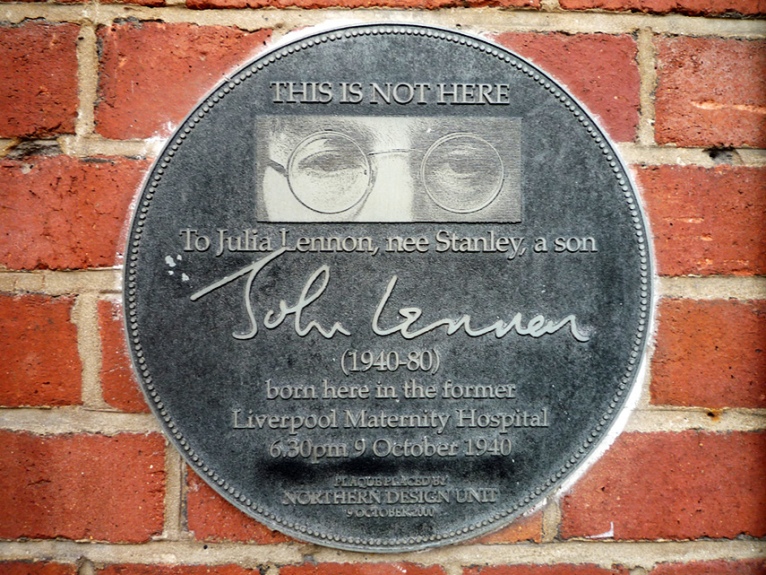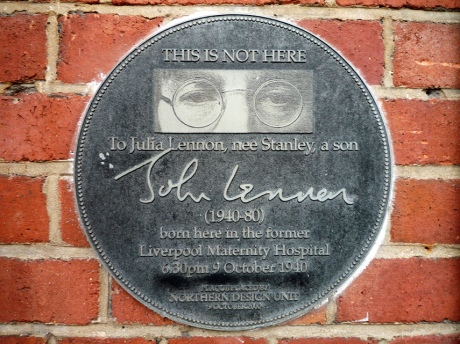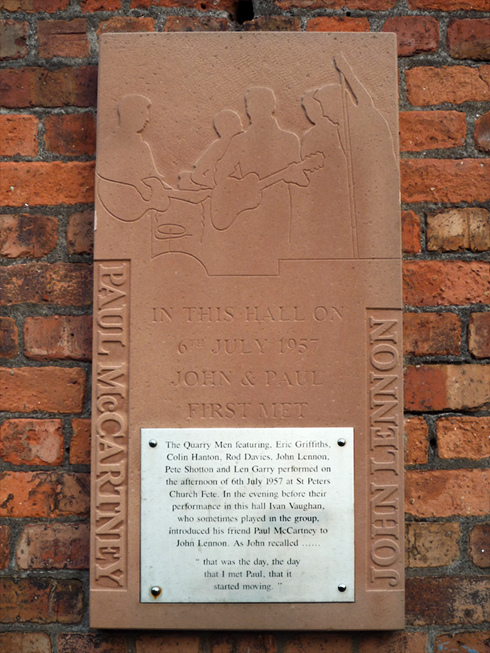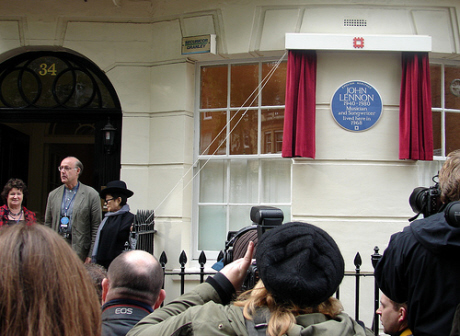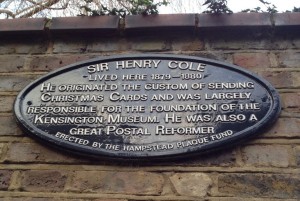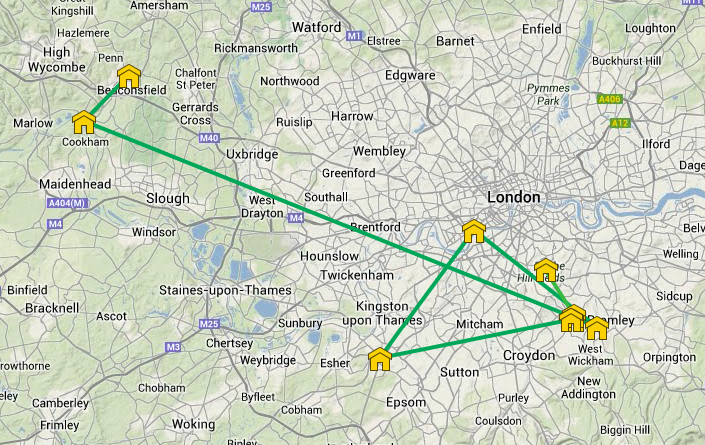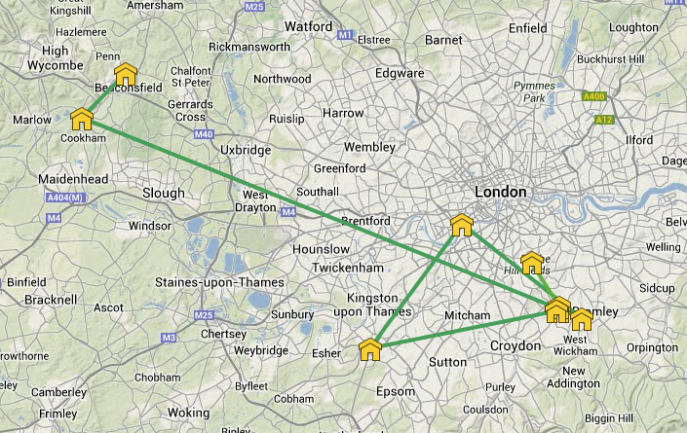Today marks 33 years since the death of John Lennon, who was shot on the evening of 8 December, 1980.
His life is remembered through no less than eight plaques, as documented on Open Plaques.
The first commemorates his place of birth, at Liverpool Maternity Hospital in 1940.
An English Heritage plaque marks the house he lived his early years in, from 1945 to 1963 at 251 Menlove Avenue in Liverpool.
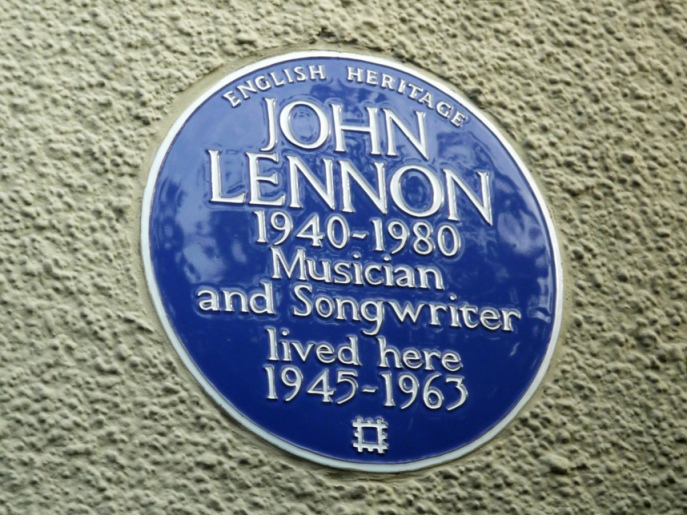 By 1957, John had formed a band called The Quarrymen, who performed locally, and on 6th July he first met Paul McCartney, at the Church hall where he was due to play. A plaque marks the spot of this introduction, inscribed with this quote from John:
By 1957, John had formed a band called The Quarrymen, who performed locally, and on 6th July he first met Paul McCartney, at the Church hall where he was due to play. A plaque marks the spot of this introduction, inscribed with this quote from John:
That was the day, the day that I met Paul, that it started moving.
McCartney soon joined The Quarrymen, and in 1959 they recorded their first record, at the Percy Phillips recording studio. The plaque their notes the tracks they recorded as “That’ll Be The Day” by Buddy Holly and “In Spite Of All The Danger” by Paul McCartney & George Harrison.
In 1960, John Lennon met with fellow art students Bill Harry, Stuart Sutcliffe and Rod Murray after a poetry reading, and the group of friends decided to call themselves The Dissenters, and to put Liverpool ‘on the map’. A plaque marks the spot where this meeting took place, at a pub called Ye Cracke.
Later that year, the band become The Beatles, and it wasn’t long before they had moved to London, where the rest of the plaques can be found.
The site of Apple Corps, the company formed by the band to release their records, had a building on 94 Baker Street. This has seen at least two plaques on it. The first plaque remembered John, and was erected in 2003. This was replaced earlier this year by a second plaque also remembering George Harrison.
 Finally, another English Heritage plaque marks the building where John lived in Montagu Square. This was unveiled on 23 October 2010, and we were there for the press launch, when it was unveiled by Yoko Ono.
Finally, another English Heritage plaque marks the building where John lived in Montagu Square. This was unveiled on 23 October 2010, and we were there for the press launch, when it was unveiled by Yoko Ono.
There may well be other plaques for John Lennon that we’ve missed though. So if you spot any, do let us know.
